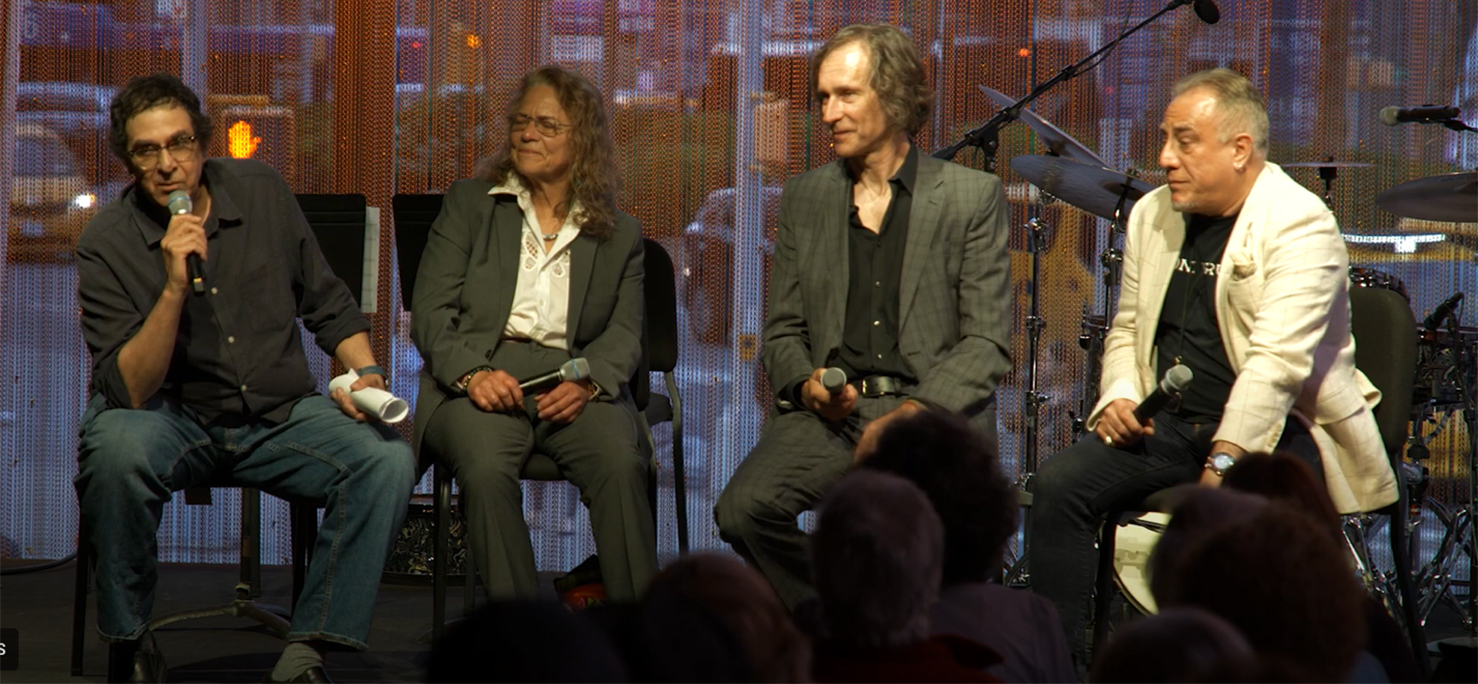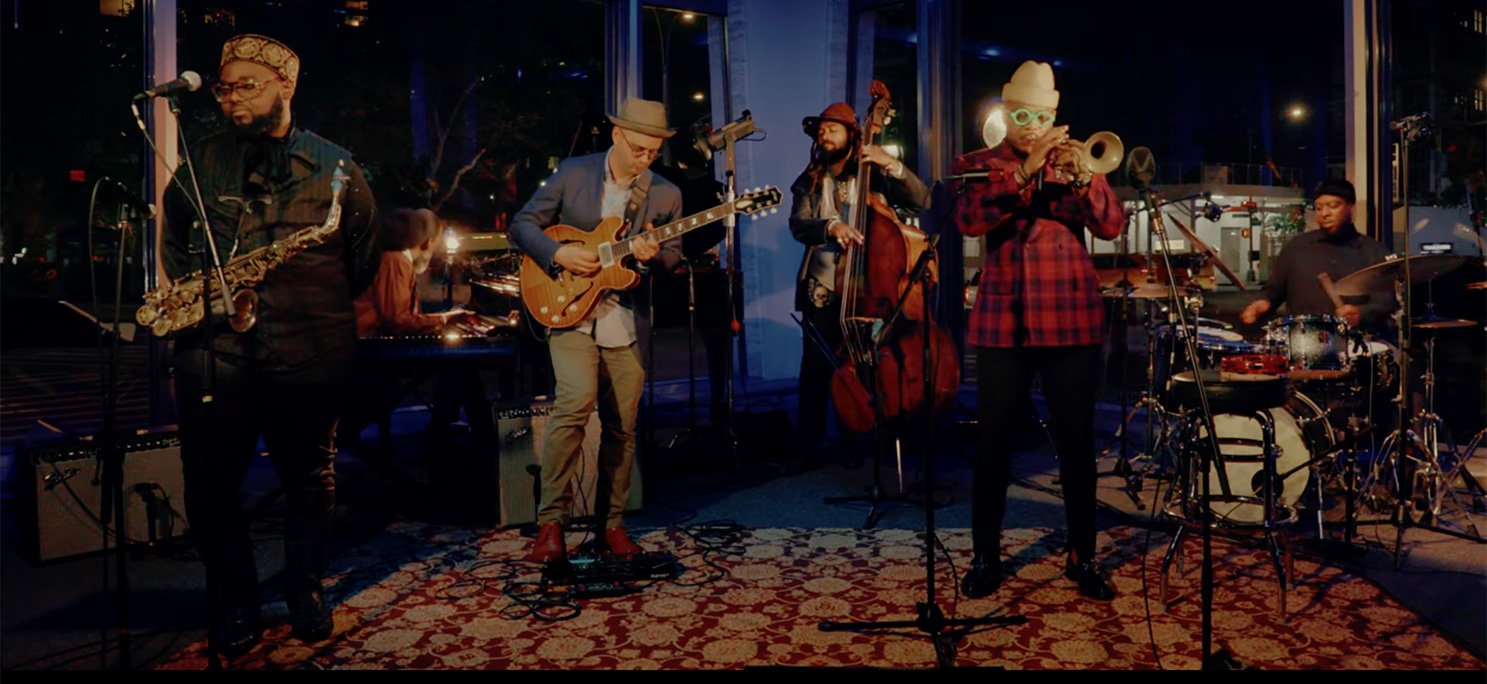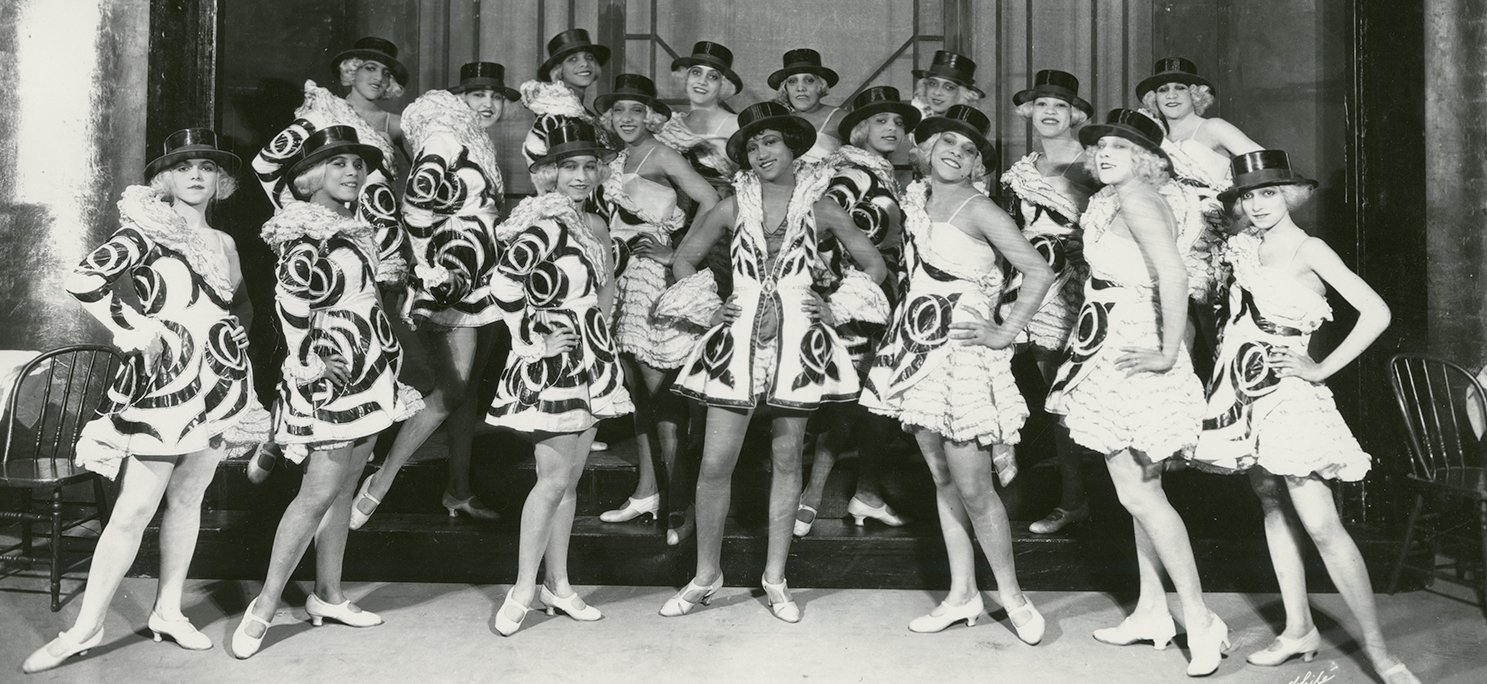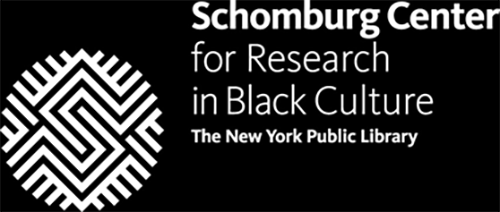Latin Jazz in New York City (1920-1960)
Latin Jazz in New York City (1920-1960)
July 03, 2023
Co-presented by the Center for Puerto Rican Studies/Hunter College and Lincoln Center
Jazz thrived over generations in San Juan Hill, a historic Manhattan neighborhood home to many iconic musicians, theaters, clubs, and dance halls in the first half of the twentieth century. Jazz musicians who lived and performed there fueled a vibrant creative community and evolved the genre through the stride piano, swing, and bebop eras. Notable residents included James P. Johnson, Benny Carter, and Thelonious Monk, legends in jazz history who are celebrated today.
Yet, an important part of this music history is often untold—Latin influence on jazz. As the Afro-Caribbean community in New York grew in the 1920s and 30s, the city was becoming a global leader in the music industry—through recordings, sheet music, piano rolls, and radio. In this environment, Puerto Rican musicians found opportunities to play in the jazz bands and Cuban ensembles that were gaining popularity, as well as to make their own music—bolero, plena, danza, seis, aguinaldo. The Afro-Caribbean sounds that shaped the art form and the accomplishments of Puerto Rican and Cuban musicians, such as Ram Ramirez and Mario Bauza, fundamentally influenced jazz and the music industry.
Learn more through this discussion and live musical demonstration of the Latin jazz forged in and around San Juan Hill in the last century, an integral part of the jazz canon and the legacy of the neighborhood that still resonates today.
Moderator:
- David Gonzalez (Staff Writer, New York Times)
Panelists:
- Bobby Sanabria (Musician and Co-Artistic Director, Bronx Music Heritage Center)
- Chris Washburne (Musician, Author, and Professor of Music, Columbia University)
- Annette Aguilar (Musician and Founder of the Women in Latin Jazz Festival)
This conversation was filmed at Lincoln Center on May 23, 2023.








